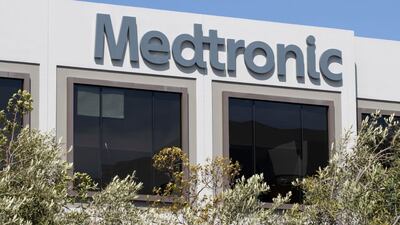Characterized by edema in the extremities, discomfort and numbness, chronic venous disease (CVD) is an illness that impacts approximately 25m adults in the US.
Mechanically, CVD is expressed as either insufficient or backwards flow of blood in various regions of the body – occurring mostly in the legs. Varicose veins can credit their etiologies...
Read the full article – start your free trial today!
Join thousands of industry professionals who rely on Medtech Insight for daily insights
- Start your 7-day free trial
- Explore trusted news, analysis, and insights
- Access comprehensive global coverage
- Enjoy instant access – no credit card required
Already a subscriber?








